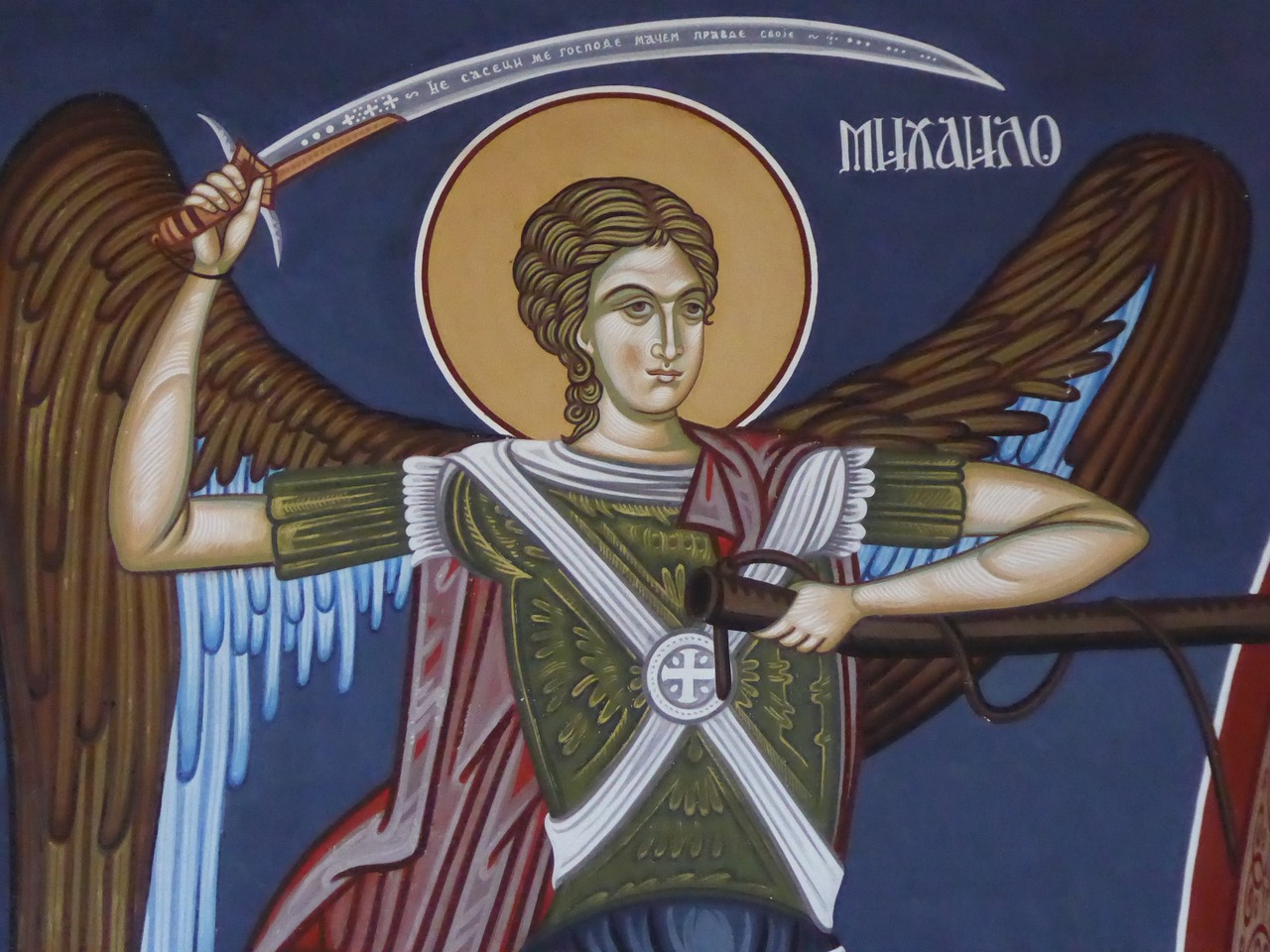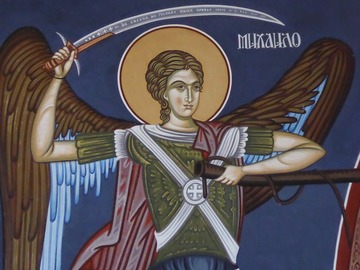
Blog
Learn about Serbian culture: Part I
LEARN ABOUT SERBIAN CULTURE: PART I
In the next few months, we will give you a glimpse of Serbian culture: its traditions, beliefs, customs, values, and practices that Serbian people share and cherish. We believe it is crucial to get to know Serbia before you choose it as your study destination. Therefore, we would be thrilled if you decide to embark on this journey of learning about Serbia with us! Stay tuned for more blog posts on this topic in the following months. We will kick off with a few customs and beliefs that are quite unique. Do not miss checking the Study in Serbia website for future updates on studying and living in Serbia.
Serbs celebrate Christmas in January
The main church in Serbia is the Orthodox Church, which uses the “old” Julian calendar. It is called “old” because it was created in 45 BC by Julius Caesar, many years before the Catholic-created Gregorian calendar was introduced by Pope Gregory in the sixteenth century. There is a 13-day gap between the two calendars. As a result, Christmas for Serbs and many other Orthodox Christians falls on January 7. There is also a special greeting on Christmas Day in Serbia; people usually say “Christ is born” to each other, responding with “He is truly born”. Serbia follows the Gregorian calendar but still observes many religious holidays on the Julian dates.
Serbs have two New Year’s Eves
Serbs can also thank the Julian calendar and the Serbian Orthodox Church for having to celebrate two New Year’s Eves. We do not mind it all; we adore big gatherings. Like the rest of the world, Serbs celebrate New Year on January 1. However, a part of the population celebrates the second New year, commonly known as Serbian New Year, that falls on January 14. That is because of the mentioned gap between the Gregorian and Julian calendars. The Serbian New Year is not as popular as the regular New Year; however, it is still an informal, traditional holiday unique to Serbians (and some other Orthodox Christians).
The Slava

Something even more unique to Serbs is the holiday called Slava. On this important holiday, Serbian Orthodox families celebrate the family’s patron saint. It is believed that the patron saint is the family’s protector and provider of welfare. The celebration consists of some religious rituals, such as going to church in the morning of the holiday and bringing the slavski kolač - a ritual bread, and žito - a dish of minced cooked wheat, sweetened with sugar and sometimes mixed with minced or chopped walnuts. The priest in the church performs a small service and blesses the kolač and žito. He pours the wine over the bread and then cuts it crosswise, rotates, breaks it into four parts, and lifts it. During the ritual, the priest usually says a prayer and thanks to the saint for his protection. After this ritual, the family welcomes many guests for lunch and dinner. The Slava is sometimes celebrated for three full days. It is deeply rooted in Serbian culture, and most Serbian Orthodox are entitled to a free day from work to celebrate it.
We hope that the first part of the series about Serbian culture was amusing and informative and that you are eagerly waiting for the sequel and another opportunity to learn more about rich Serbian culture. In the meantime, make sure to check out our previous blog posts and contact Study in Serbia via email, Facebook, and Instagram if you have questions regarding studying in Serbia. We are happy to help!




